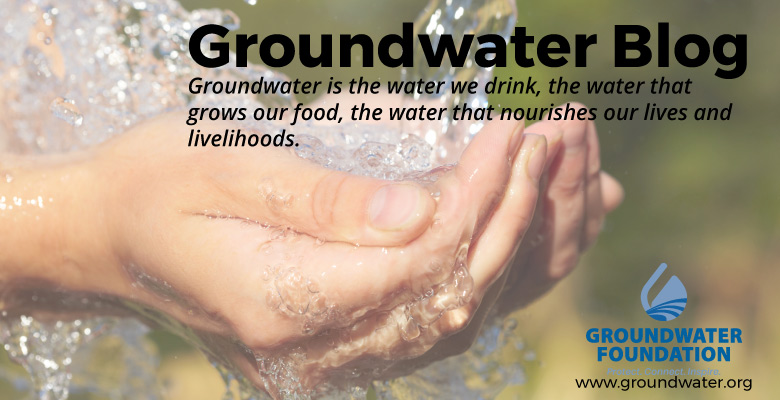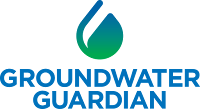On-site wastewater treatment systems are an effective method of disposing of sewage in the United States, especially in rural areas that do not have readily available sewer lines.
About 25% of the US population owns an on-site wastewater treatment system. If you are the owner of an on-site wastewater treatment system, you must take steps to ensure you are not causing damage to your property, your family, the environment, and the property and families of those around you.
 |
| A septic system has two main components: the septic tank and the drainfield. |
Septic Tank
The size of the septic tank varies based on the number of bedrooms in the home, the number of wastewater contributing fixtures and appliances (i.e. whirlpool bath, garbage disposal, dish/clothes washer, etc.), and/or state and local regulations. Waste enters the tank from household plumbing through a pipe and enters the septic tank, which is a buried watertight container made of materials such as concrete, fiberglass, or plastic. The tank holds the waste long enough to allow solids and liquids to separate and form three layers:
- Scum layer – solids lighter than water, such as greases or oils, float to the top
- Liquid layer – partially clarified wastewater
- Sludge – solids heavier than water settle at the bottom of the tank
The tank also contains baffles and tees, which slow the wastewater entering the tank to allow solids to easily settle out.
Treatment of the wastewater begins in the septic tank as naturally-occurring bacteria in the sewage work to break down the organic matter in the tank. Sludge and scum that cannot be broken down remain in the tank until it is pumped. The partially clarified liquid layer then flows through an effluent filter out of the tank and into the drainfield for final treatment.
Drainfield
The wastewater (effluent) entering the drainfield may contain many potentially harmful microorganisms and pollutants, many of which can be effectively removed through soil treatment. The drainfield, also referred to as a leachfield, disposal field, or soil absorption system, consists of perforated pipes or chambers within a series of trenches or mounds lined with gravel and buried one to three feet below the surface. Water flows through the perforated pipes or chambers and slowly trickles through the gravel and into the surrounding soil, where the natural processes in the soil complete the sewage treatment process.
Maintenance is a Must!
Installing an on-site wastewater treatment system on your property can be much more beneficial to the environment than running miles of sewer lines to your property. Unfortunately, in many cases, once an on-site wastewater treatment system is installed, it is often forgotten until it malfunctions. When the system is installed on your property, you are the one responsible for it.
About 10-20% of on-site wastewater treatment systems malfunction each year. More often than not, system malfunction or failure is the result of improper maintenance by the owner.
How should it be maintained?
System Failure
An on-site wastewater treatment system can fail for a number of reasons, but usually point to improper maintenance by the owner. Not having your system inspected often enough can cause the owner to miss key factors contributing to a wastewater treatment
system failure.
What Can I Do?
Properly maintaining your on-site wastewater system will not only save you money in the long run, it's also important for protecting groundwater supplies and ensuring safe drinking water for you, your family, and your neighbors. Systems
should be inspected every one to two years by a professional and pumped when necessary.
What else can I do?
If maintained correctly, your wastewater treatment system can be beneficial and environmentally-friendly, but without regular maintenance, it has the potential to affect groundwater supplies and cause harm you and those around you. Having your wastewater treatment system regularly inspected and pumped can avoid unnecessary expenses, damage to your property, damage to neighbor’s properties, damage to the environment, and damage to the health of you, your family, and families around your property.
More information and resources
Groundwater Foundation Get Pumped! Septic Education Toolkit
U.S. EPA Septic System Information
National Environmental Services Center











